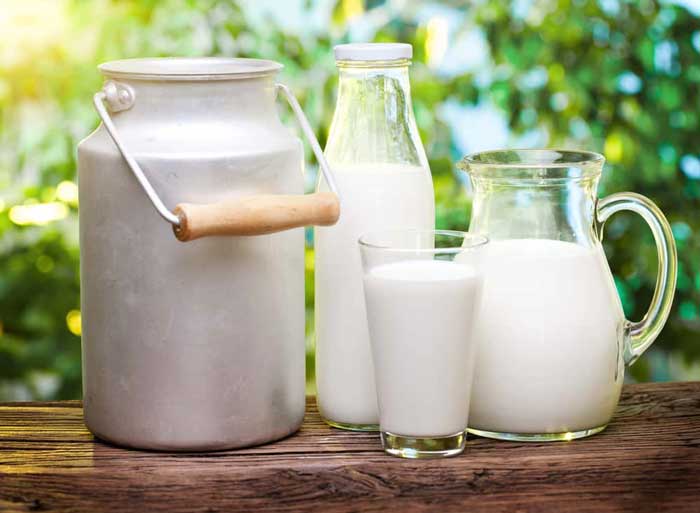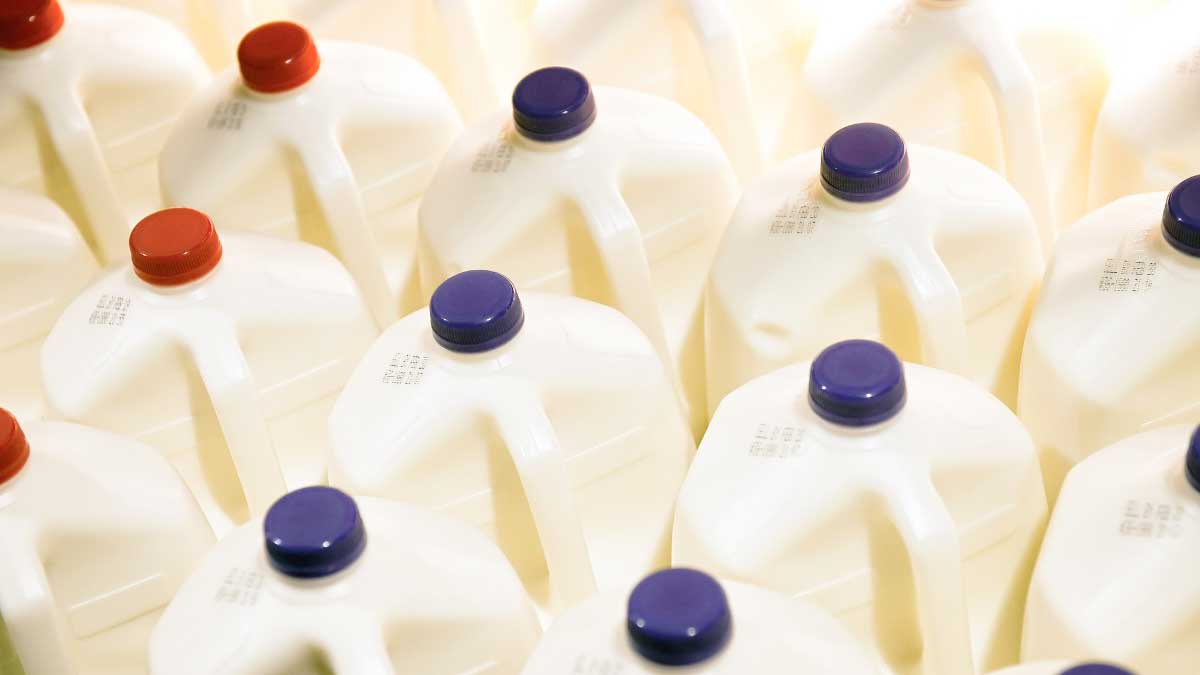Weight of Gallon of Milk: Essential Facts for Cooking & More
When you think about milk, you might not immediately consider its weight. Yet, understanding the weight of a gallon of milk can be surprisingly intriguing. A gallon of milk weighs approximately 8.6 pounds, which is slightly more than a gallon of water due to milk’s higher fat, protein, and mineral content.
Why does this matter? Well, knowing the weight can be essential for various reasons, from cooking and baking to understanding nutritional content. If you’ve ever wondered why a gallon of milk feels heavier than it looks, it’s because milk contains about 87.7% water, with the rest being denser components like fat and protein.
Whether you’re lifting jugs at the grocery store or participating in a milk-drinking contest, knowing the weight of a gallon of milk adds a layer of appreciation for this common household staple. Dive deeper to discover how these details can impact your everyday life.
Key Takeaways
- A gallon of milk weighs approximately 8.6 pounds, heavier than water due to its fat, protein, and mineral content.
- Different milk types, such as whole or skim, have minimal weight variations due to varying fat content, with whole milk being slightly heavier.
- Milk’s weight remains stable across different temperatures, making it a consistent ingredient for culinary and nutritional purposes.
- Understanding milk’s weight is essential for precise cooking and baking measurements, aiding in accurate nutritional and recipe calculations.
- The dairy industry relies on milk weight for packaging, transportation, and storage, ensuring efficient logistics and product quality management.
How Much Does a Gallon of Milk Weigh?
A gallon of milk weighs approximately 8.6 pounds (3.9 kilograms), due to its density being slightly higher than that of water. Milk’s composition includes fat, protein, carbohydrates, and minerals, which contribute to its weight. For context, a gallon of water weighs about 8.345 pounds, making milk heavier.

Here’s a quick overview of the weights for different milk volumes:
- One cup of milk: 0.5375 pounds (0.2438 kg)
- One pint of milk: 1.075 pounds (0.4876 kg)
- One quart of milk: 2.15 pounds (0.9752 kg)
- One half-gallon of milk: 4.3 pounds (1.95 kg)
Milk’s density ranges from 1.026 to 1.034 grams per cubic centimeter. Although milk is composed of about 87.7% water, its additional components make it denser. If you’re comparing it to other liquids or calculating it for recipes, consider these factors. Knowing the weight of milk helps in cooking, baking, and nutritional calculations, allowing for precise measurements.
Factors Affecting Milk Weight
Understanding the factors that influence the weight of milk helps in practical applications, from cooking to nutritional planning. Key elements such as the type of milk and temperature play roles in determining milk’s overall weight.
Type of Milk
Different types of milk come with varying fat contents, affecting their weight slightly. Whole milk, most common on store shelves, weighs about 8.6 pounds per gallon due to its full fat content. Skim and low-fat milk have slightly reduced fat, leading to minimal weight differences—typically about 10 grams less per gallon compared to whole milk. Despite these variations, the overall difference in weight among milk types remains small, due to milk being approximately 87% water and containing proteins, carbohydrates, vitamins, and minerals.
Temperature
Although temperature impacts many substances, it barely affects the weight of milk. Milk’s composition—primarily water with fats, proteins, and other components—determines its density and weight, barely influenced by room or refrigeration temperatures. This stability makes milk a reliable ingredient regardless of storage conditions, providing consistency for both culinary and nutritional uses.
Comparison with Other Liquids
A gallon of milk weights approximately 8.6 pounds (3.9 kilograms), making it slightly heavier than a gallon of water.
Milk vs. Water
Milk surpasses water in weight due to its higher density. While water comprises about 87% of milk, the remaining content consists of fat, protein, carbohydrates, and minerals. A gallon of water weighs about 8.3 pounds, whereas a gallon of milk’s extra components contribute to its 8.6-pound weight. These additional elements make milk denser and therefore heavier than water.
Differences by Region
Volume and weight measurements vary by region. In the United States, a gallon measures 3.785 liters and weighs 8.6 pounds. In contrast, the United Kingdom uses the larger imperial gallon of approximately 4.5 liters. Although an imperial gallon would weigh more, milk in the UK is typically sold in liters or pints, with a UK gallon equal to 8 UK pints. Hence, regional differences exist in defining and measuring gallons, impacting the weight comparison.
Practical Applications of Milk Weight
Understanding the weight of a gallon of milk, approximately 8.6 pounds, is crucial in various contexts beyond mere curiosity. Recognizing this measurement aids in activities like cooking and supports industry practices.
Cooking Measurements
In cooking and baking, precision is key to delicious results. Since a gallon of milk weighs 8.6 pounds, you can convert between volume and weight with ease. When a recipe needs a specific weight, remember that one quart of milk translates to about 2.15 pounds. This conversion helps you maintain the right proportions in your culinary creations, ensuring textures and flavors meet the intended outcome.
Industry Standards
The dairy industry relies on the weight of milk for efficient operations. Milk weight impacts packaging, transportation, and storage. A half-gallon of milk weighs around 4.3 pounds, crucial for determining shipping loads and shelf space. Accurate weight measurements influence cost calculations and logistics, maintaining supply chain effectiveness and product quality.
Conclusion
Understanding the weight of a gallon of milk can enhance your culinary skills and improve your awareness of nutritional content. Whether you’re baking a cake or simply curious about the differences between milk and water, knowing that milk’s heavier weight comes from its rich composition can be enlightening. This knowledge also aids in precise recipe measurements and efficient dairy industry practices. So next time you reach for that gallon, you’ll have a deeper appreciation for its role in your kitchen and beyond.







